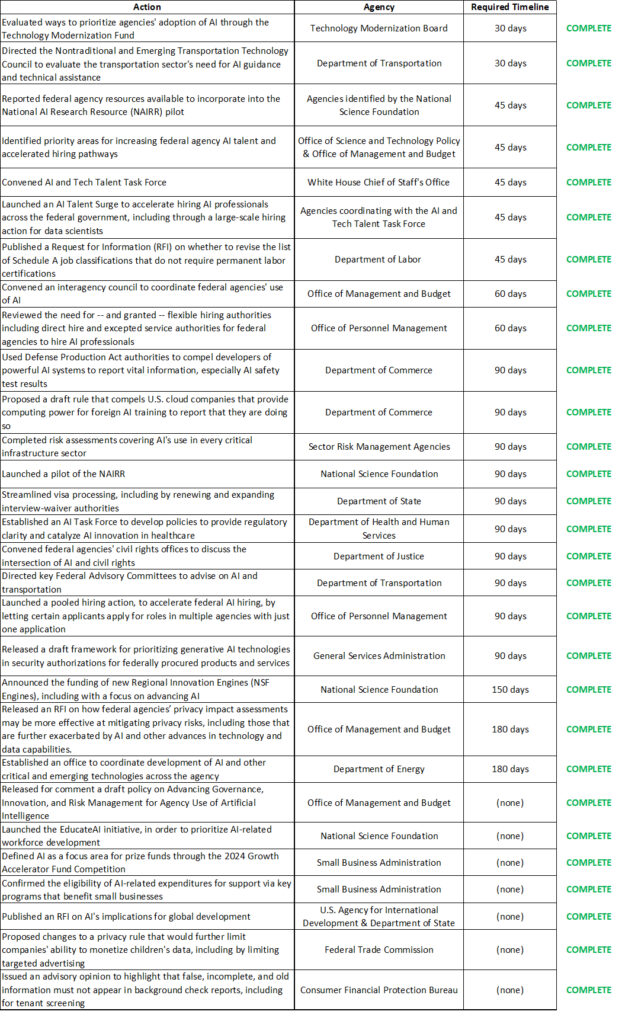White House Advances AI Safety and Development Following Executive Order.
Critical Actions on AI Taken by White House Following Executive Order.
The White House has released a report detailing significant progress in artificial intelligence (AI) initiatives following President Joe Biden’s executive order three months ago. The report, released on January 29, outlines steps taken to address the potential risks and advancements in AI technology.
Bruce Reed, the White House deputy chief of staff, led a meeting with the White House AI Council, which includes officials from various federal departments. The council reviewed how different agencies have been implementing the actions called for in the executive order. The report marks this as a substantial step toward protecting Americans from the risks associated with AI systems.
One significant update includes the Defense Production Act, urging AI developers to report essential information, like AI safety test results, to the Department of Commerce. Additionally, a draft rule requiring U.S.-based cloud computing companies to disclose their involvement in aiding foreign AI training was noted as an achievement.
Federal agencies have also completed risk assessments covering the use of AI across all critical infrastructure sectors. These assessments will serve as the foundation for future federal actions related to AI.

Screenshot of the White House fact sheet. Source: White House.gov
Jamie Nafziger, chair of the Cybersecurity, Privacy, and Social Media Practice Group at international law firm Dorsey & Whitney, emphasized that this is the first assessment of its kind and will be conducted annually. These steps are part of a broader effort to streamline the recruitment of international AI talent in the U.S.
The report also highlights initiatives in the past 90 days to attract and train AI professionals. These include a partnership between the National Science Foundation and Nvidia for AI development, the launch of the AI Talent Surge for hiring AI experts in the federal government, and creating an AI task force at the Department of Health and Human Services to develop AI policies in healthcare.
Nafziger pointed out that the U.S. has met or exceeded many of the executive order’s first three months’ requirements. Looking forward, multiple aspects of President Biden’s order are expected to be implemented, with guidance anticipated from various federal agencies through June 2025.

